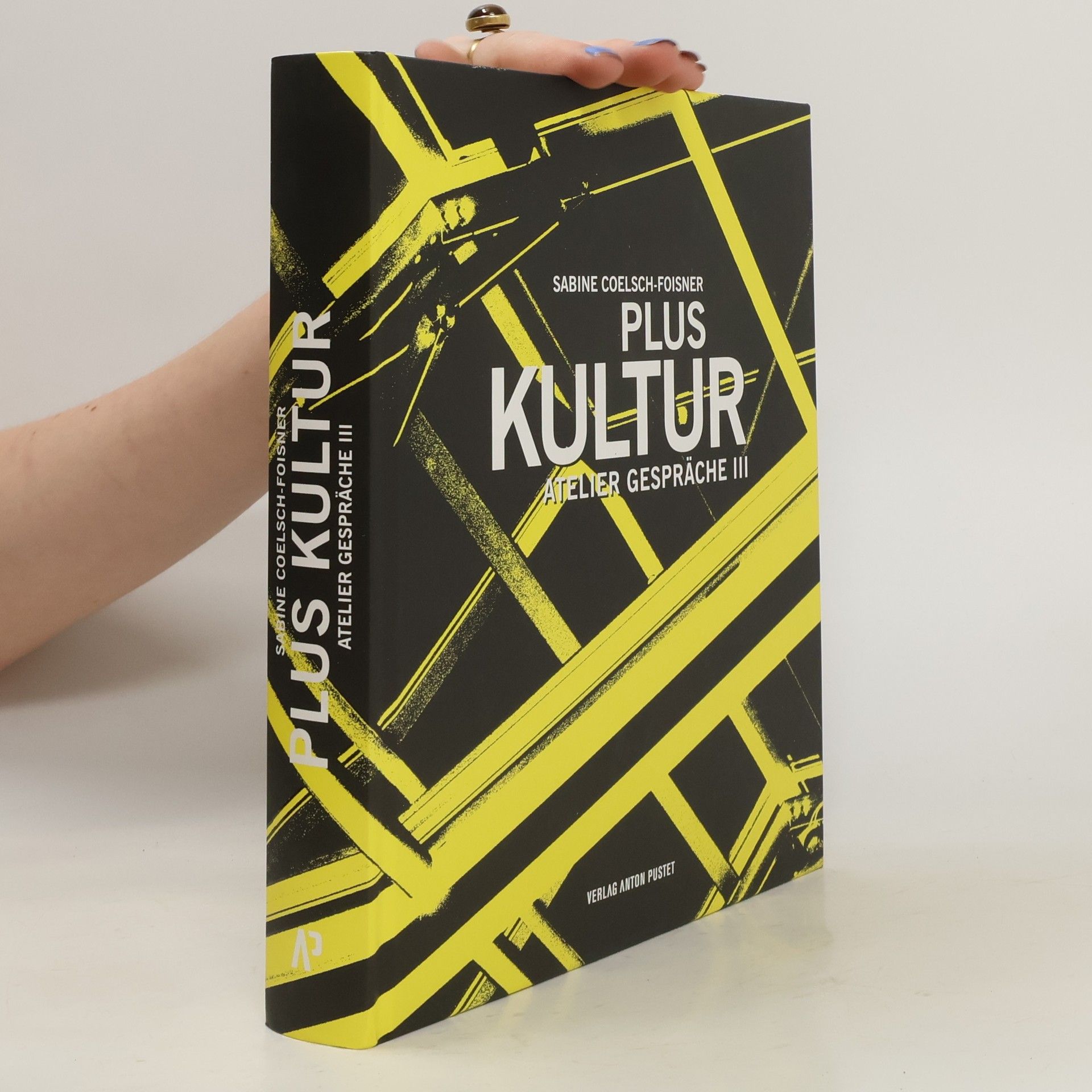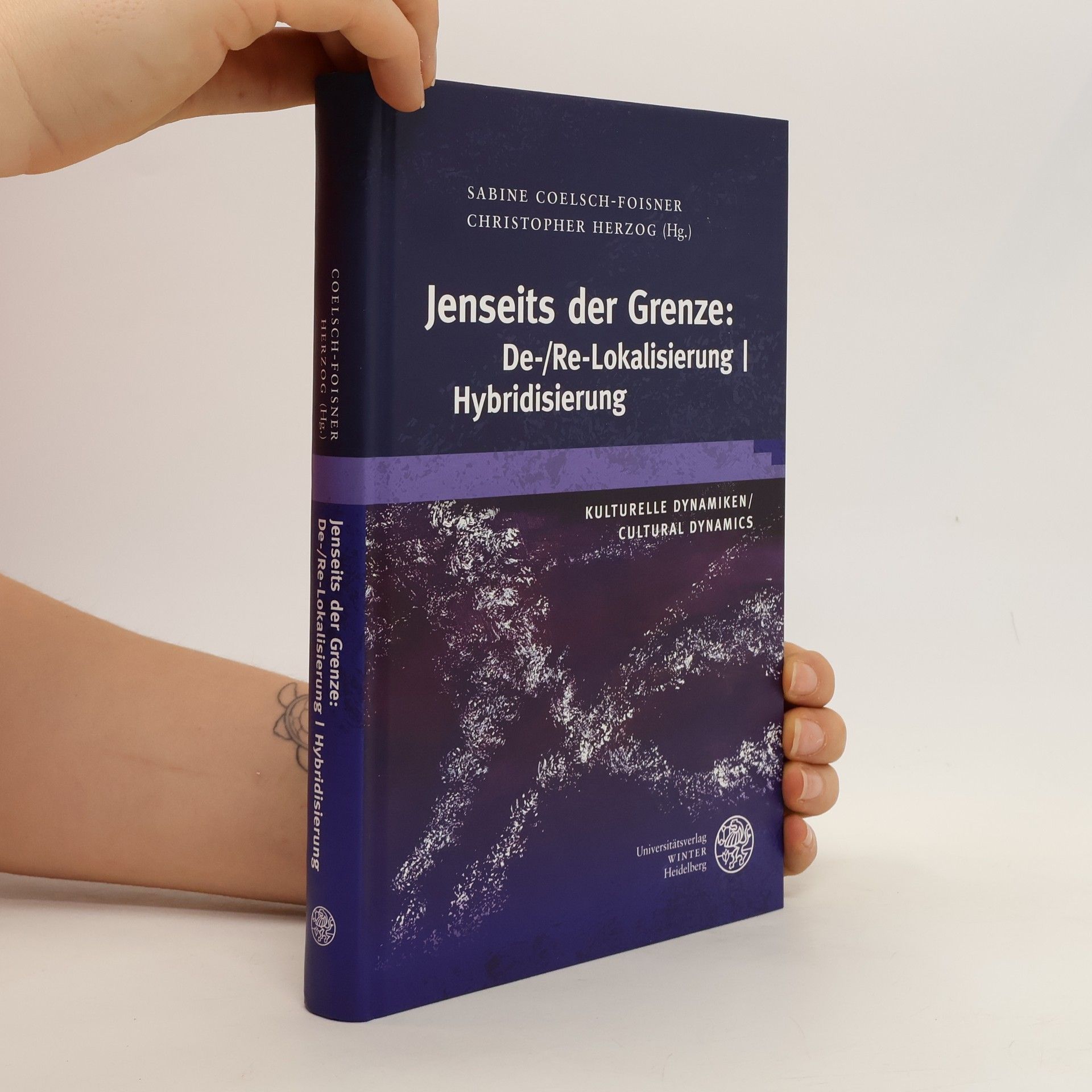Ovid's Metamorphoses in English poetry
- 303bladzijden
- 11 uur lezen
This volume deals with the metamorphoses of Ovid's 'Metamorphoses' in English poetry, from the Middle Ages to the late twentieth century. Its focus is on the dynamics of literature, more specially on questions of the repetition and alteration of particular myths, on their continuity and discontinuity in changing cultural and social climates, on how recognition works both intertextually, as in the case of Lavinia in Shakespeare's 'Titus Andronicus', and extratextually, as in case of Niobe becoming a role model for women who have stood up against oppression. For this purpose, creative reception is held to include the wide spectrum from translation to allusion, or from re-telling to cover reference, and involves generic questions as well as issues of narration and subjectivity, storyline, characters and motifs, names and topographies. With its meanderings, parallel currents and turns, its blanks, ruptures and paradoxes, the history of Ovid's reception in English poetry is itself emblematic of the epic's inherent dynamics.


